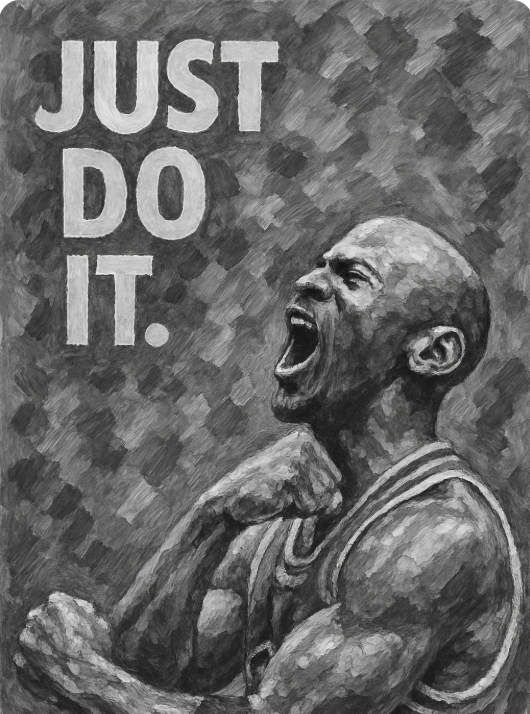be like mike.
Our clients are the best. They give us so many reasons why they couldn’t complete their assignments:
“Yeah, I forgot about that one.” (Shakes head.) “Yup. Just forgot.”
“It was super boring and I just stopped.”
Kid: “The teacher said we didn’t really have to do it. I think it was optional.” Me: “Nah it wasn’t though.” (I show them on Canvas.) Kid: “Oh shoot really?”
“Not gonna lie: I don’t even know about that one bro.”
We love it. And we throw the usual EF stuff at it: make plans, follow up on plans, reflect on how to break through.
But sometimes, the most important move is just… doing it. It’s an energy thing.
So we do the work. We don’t talk about doing the work. Here’s why:
1. IT ACTUALLY GETS STUFF DONE.
Actually completing tasks builds momentum. It turns executive function coaching into a time-saver, not a time-suck.
That association is gold for us. RESET = “I get stuff done.”
But don’t overuse it! (More on that in a sec.)
2. IT BREAKS THE AVOIDANCE LOOP.
Sometimes I’ll surprise a student:
“Cool, let’s just do this now.”
“Can you show me the assignment and walk me through the first question?”
No time for dread, delay, filibuster. We start working on it before your brain has a chance to fight back. Then 40 minutes have passed, and something real has been accomplished.
3. IT HELPS US SEE HOW YOUR CHILD WORKS.
Are they a fast thinker? More meandering? Slower to process? Do they work in their head or talk through ideas out loud?
I had a client buried under 20 DeltaMath assignments. Sitting side-by-side, we knocked them out, average 12 minutes each. That’s 4 hours total. Spread over a few weeks? Manageable.
Another student, slower processing: one 10-question microeconomics set was taking 45 minutes per problem.
That’s 7.5 hours for one set. That data mattered! Mom and I worked together to bring in more supports (a tutor, for one thing.)
4. GETS US A LITTLE REFLECTION.
After a session I’ll ask:
“What stood out to you today?”
“What was most helpful?”
Students often say: that session where we just did the thing? That was good. They like being in motion.
But! A word of caution: this isn’t something we should rely on constantly. If it becomes a crutch, students may start skipping the planning muscle. THEY WAIT FOR COACH SEAN TO COME THROUGH AND THAT BECOMES THE HABIT TRIGGER. They lean too hard on co-working, and lose the chance to build solo self-management skills.
5. IT SOLVES THE BLANK PAGE PROBLEM.
A student might have a lot of things to say about a Renaissance painting or post-WWII geopolitics. But can’t get started.
So we step in. They talk. We transcribe.
Then we co-edit, shaping raw thoughts into a clear structure.
They love this. It feels like momentum.
It makes their thinking feel real, tangible, and malleable.
***
In short, sometimes, be like Mike. JUST DO IT.

